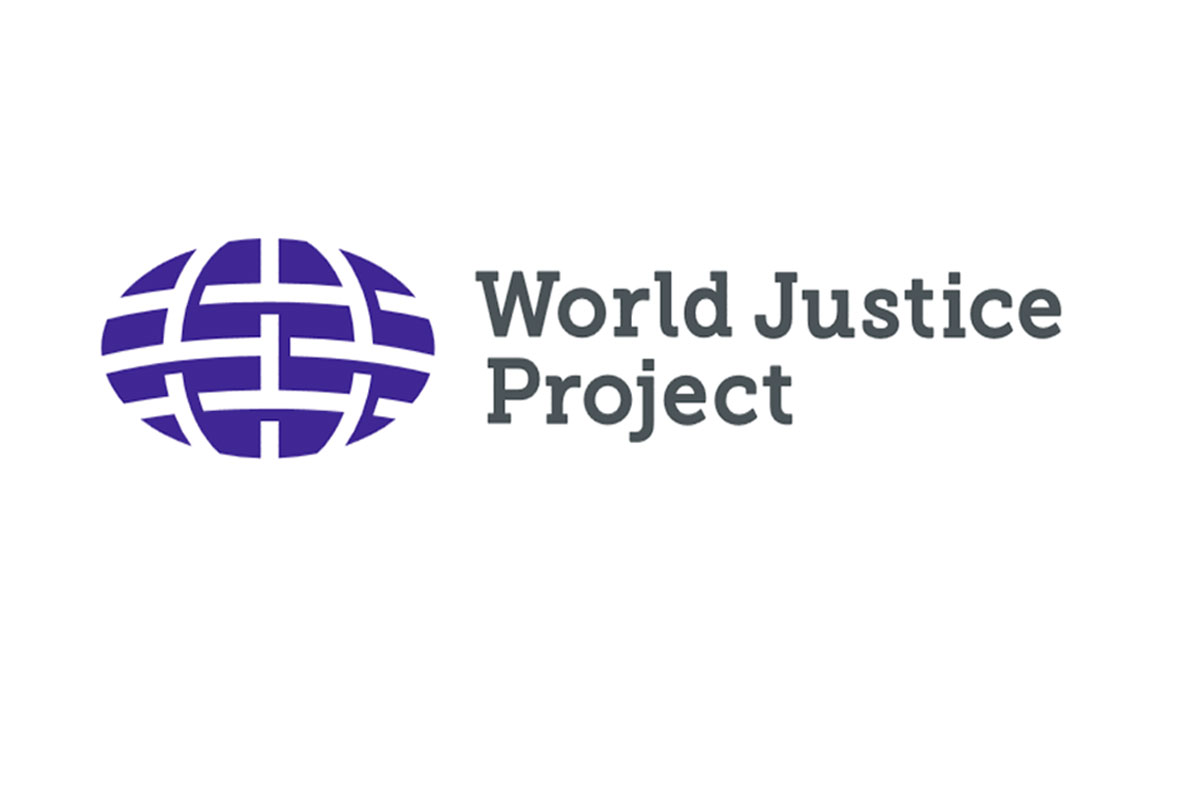
Guilherme Coelho
Healthcare facilities are complex buildings with rigorous functional and technical requirements, regardless of the use of technology or the execution of complex clinical procedures therein. Inadequately designed facilities can increase the risk of acquiring infections; create unsatisfactory and dangerous conditions for patients and staff. Based on field observation from healthcare facilities in humanitarian projects, this assertion is likely to be more critical in resource-limited settings and in emergencies, where the detrimental consequences in the quality of care of inappropriately designed buildings are presumed to be high.
A growing number of studies are providing evidence that associates the design of healthcare facilities with clinical outcomes. Research indicates that well-designed healthcare facilities are safer for patients and contribute to the healing process by providing an efficient working environment and, most importantly, have a significant impact on the prevention and control of the transmission of pathogens, mitigating the risk of infection to patients and staff (1).
Nevertheless, the challenge for architects working in the planning and design of healthcare facilities in resource-limited settings and emergencies is to find a balance between the desired clinical requirements (medical standards) and the limitations of context (staff shortage, the timing for operations, limited financial resources, etc.). As such, the aim when planning and designing healthcare facilities in humanitarian medical operations should be to implement not the highest standard but the optimal, one that is specific to each individual context.
Based on the correlation between process and structure proposed by Donabedian (2), the main argument presented here considers that if a healthcare facility is designed according to the best medical practices attainable in a specific setting, this will provide an optimal relationship between process (e.g. clinical protocols) and structure (e.g. healthcare facility). Therefore, this optimal relation between process and structure will increase the probability of an optimal healthcare outcome and certainly more cost-effective medical programs.
In addition, it is essential to search for innovative initiatives to address the complexity of architectural projects in humanitarian contexts, which calls for comprehensive approach with the support of a cross-disciplinary group of researchers, healthcare experts and designers, as presented by Foucault:
“No medical theory is sufficient by itself to define a hospital program. Moreover, no abstract architectural plan can offer a formula for a good hospital. One is dealing with a complex problem of which the effect and consequences are not well known, which acts on illnesses and is capable of aggravating them, multiplying them, or by contrast attenuating them. Only an empirical investigation of that new object, the hospital, integrated and isolated in a similarly new manner, will be capable of offering a new program of construction of hospitals. The hospital then is no longer a simple architectural figure and comes to form part of a medical-hospital complex that must be studied the same way one studies climate, illness, etc.” (Foucault, 1978) (3)
Bibliography
1. ULRICH, Roger and ZIMRING, Craig. A Review of the Research Literature on Evidence-Based Healthcare Design. s.l. : Health Environments Research & Design, 2008. pp. 1(3), 61-125.
2. DONABEDIAN, A. The quality of care: how can it be assessed? 1988. pp. 260:1743–8.
3. Foucault, M. Incorporation of the hospital into modern technology. 1978. pp. 12(1):20-35.
Guilherme Coelho is Senior Consultant for Healthcare Infrastructure, EPOS Health Management










